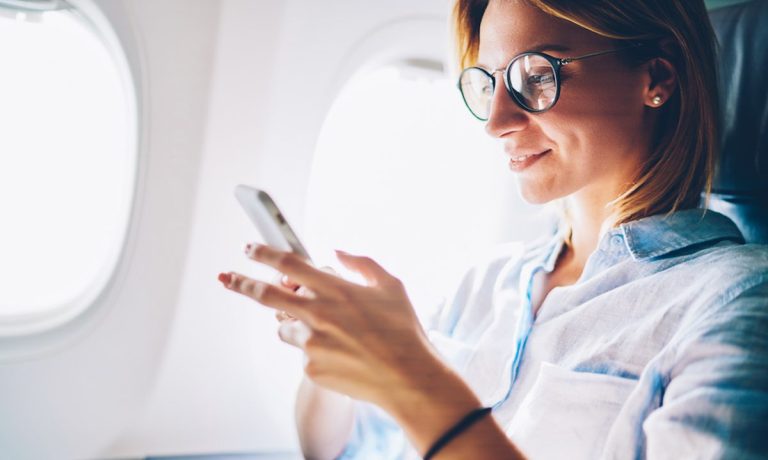
COVID-19’s omicron variant didn’t seem to have made much of an impact on Americans’ winter travel plans.
As PYMNTS’ research learned, the average amount consumers spent on travel purchases rose from $381 in December to $507 in January.
That means what while omicron remains a health threat across the country, consumers aren’t waiting for it to fade before making travel plans, with consumers spending $23.4 billion on travel purchases in January.
However, omicron’s impact was felt in other ways. More consumers continued to shop online, with 26% of consumers using online and mobile channels to make purchases in January, up from 23% in the month before.
Seventy-nine percent of consumers making travel purchases in January did so online — significantly higher than the shares of consumers who turned to digital channels to buy retail, food or grocery products.
And when it came to paying for travel purchases, most consumers used credit cards. However — and perhaps more interesting — digital wallets were the second most popular payment method for travel purchases last month.
Among the various digital wallets on the market, PayPal is the most popular, with consumers making $3.88 billion worth of travel purchases using the platform, more than all the other high-profile digital and mobile wallets (Apple Pay, Google Pay, Samsung Pay and Venmo) put together.
PYMNTS research found that 5% of consumers reported that their most recent purchases were made using their balances on PayPal.
A relatively smaller number of consumers report using digital wallets to make purchases, with just 9% using them to fund their most recent purchases in January. A significant share of these digital wallet users say they prefer paying for their purchases using their PayPal balances, or with money stored in their PayPal accounts.
Would you like to learn more about how people did their spending last month and how consumer trends may play out this year? Download PYMNTS’ Digital Economy Payments report.